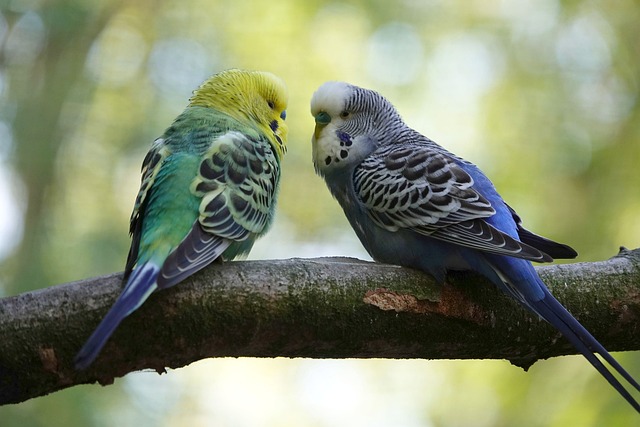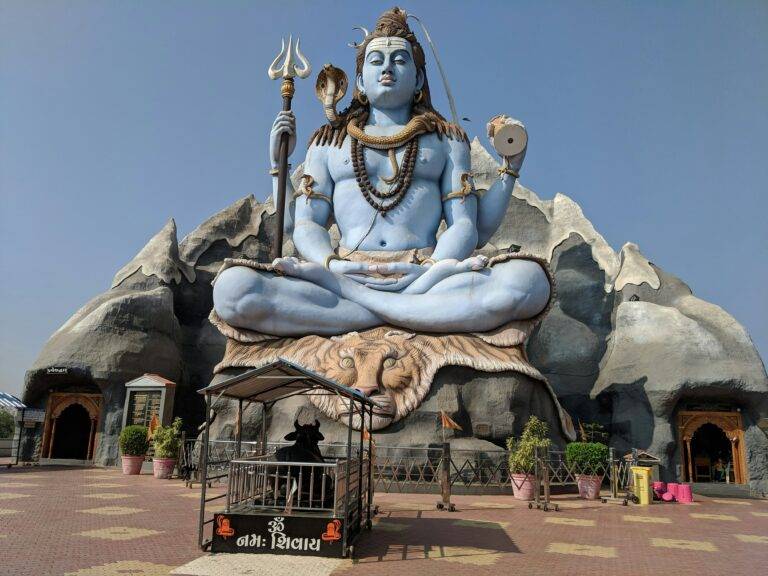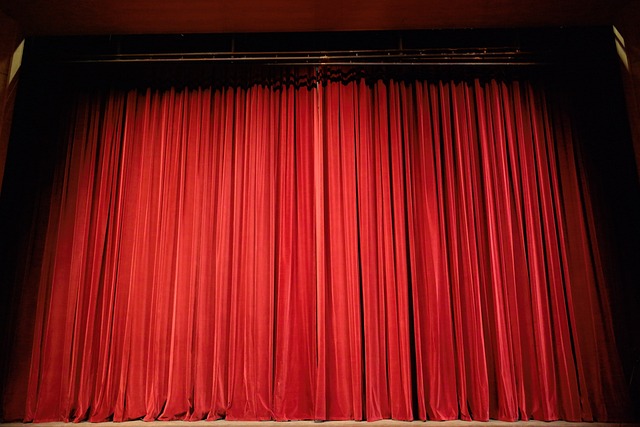Investigating the Impact of Deep Learning in Character Animation
Character animation has seen remarkable evolution over the years, with advancements in technology playing a significant role. Early character animation involved hand-drawn techniques where each frame was meticulously crafted to bring characters to life on the screen. This labor-intensive process laid the foundation for the art of animation, setting the stage for further innovations.
As technology progressed, traditional animation techniques gave way to computer-generated imagery (CGI) in the late 20th century. This shift revolutionized character animation, offering artists new tools to create more complex and realistic animations. CGI enabled animators to manipulate characters in ways that were previously impossible, opening up a realm of creative possibilities in the world of animation.
Understanding the Basics of Deep Learning
Deep learning is a subset of machine learning that focuses on training artificial neural networks to mimic the way the human brain works. This involves feeding large amounts of data into a neural network and allowing it to learn to make predictions or classifications based on that data.
Neural networks are the building blocks of deep learning algorithms. They are composed of layers of interconnected nodes, each of which performs a small computation. By adjusting the weights of these connections during training, neural networks can learn to recognize patterns and make predictions with a high degree of accuracy.
The Role of Neural Networks in Character Animation
Neural networks have revolutionized the field of character animation by enhancing the realism and complexity of animated characters. Through the use of deep learning algorithms, animators can create lifelike movements and expressions that were once challenging to achieve. The ability of neural networks to analyze vast amounts of data allows for the generation of more nuanced and natural animations.
Moreover, neural networks play a crucial role in automating certain aspects of the character animation process. By training these networks on extensive datasets of motion capture and keyframe animation, animators can streamline their workflow and focus more on the creative aspects of animation. This automation not only saves time but also enables animators to explore new possibilities and push the boundaries of what is achievable in character animation.
Neural networks have enhanced the realism and complexity of animated characters
Deep learning algorithms allow for lifelike movements and expressions
Analyzing vast amounts of data results in more nuanced and natural animations
Automation through neural networks streamlines the character animation process
Training on motion capture datasets saves time for animators
Allows animators to focus more on creative aspects of animation
What is the evolution of character animation techniques?
Character animation techniques have evolved from traditional hand-drawn animation to computer-generated imagery (CGI) and now utilize advanced technologies like neural networks.
What are the basics of deep learning?
Deep learning is a subset of artificial intelligence that mimics the way the human brain processes information. It is based on neural networks that learn from data and improve over time.
How do neural networks play a role in character animation?
Neural networks are used in character animation to create more realistic movements and behaviors. They can analyze and learn from motion data to generate lifelike animations for characters in film, video games, and virtual reality experiences.






